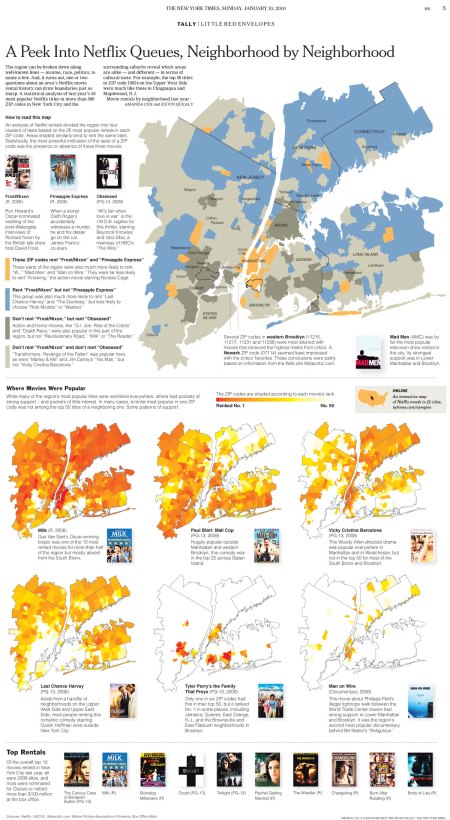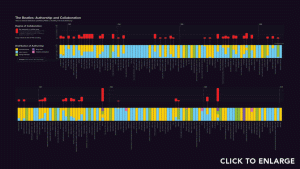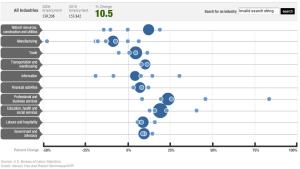There is no lack of predictions around this time of the year, so the timing of IIA’s 2011 Prediction for Analytics conference call was a perfect reason for me to summarize the briefing. Without further ado (I added #10)…
- With even modest economic growth in 2011, the use of analytics as a competitive differentiator in
selected industries will explode. - The gap between analytical innovators and those who do not invest in analytics will widen in high profile
ways. - The roles of marketing, sales, human resources, IT management, and finance will continue to be
transformed by the use of analytics in 2011. - 15 Chief Analytics Officers (CAO) will be appointed in 2011.
- The availability of strong business-focused analytical talent will be the greatest constraint on
organizations’ analytical capabilities in 2011. - Database capacity, processor speeds and software enhancements will continue to drive even more
sophisticated applications of analytics in 2011. - Newer analytical methods in the areas of text analytics, survival mining, time series mining, net-lift
modeling, and data visualization will grow in use in 2011. - Consolidation of analytics software players will continue; entry of specialized analytics software and
service providers will accelerate. - Regulatory and privacy constraints will continue to hamper growth of marketing analytics.
- Analytic professionals will be more versed in problem definition, data integration, and data visualization techniques along with the required quantitative skills.
You can download the detailed predictions in PDF format or listen to the briefing.



 Posted by Jason Price
Posted by Jason Price 





